Solid Angle’s Marcos Fajardo, Founder and the man behind the Arnold renderer offers some insights into Arnold’s past, present and future, in a recent Siggraph presentation. Of particular interest, what what could be slated and up-next for Arnold 5.
Marcos Fajardo, Founder of Solid Angle, reveals his vision for Arnold
Solid Angle recently joined the Autodesk family and as a result, Maya 2017 shipped with Arnold Renderer as the default rendering engine. This is exciting news to see a more modern, and better integrated rendering engine replace Mental Ray.
Maya 2017 Arnold Batch Controversy
Once the great news has settled in that every version of Maya 2017 comes with Arnold as a renderer, people soon found out there was a small issue with licensing. Mental ray came with a few batch render licenses that were included with every version of Maya. This meant that if you have multiple machines or a small render farm you could purchase a copy of Maya and make that work.
With Arnold renderer replacing Mental Ray in Maya, Batch renders will render with a watermark. You can render interactively in Maya, and even render sequences, while in Maya. If you want to batch render you need to purchase an Arnold License to do so.
This has Maya users in a bit of a rage, and rightfully so. If you use a render farm service, you don’t have to worry. If you placed investment in a render farm however, you can look forward to shelling out more hard earned dollars.
Mental Ray Goes Home: What’s more is that if you have older projects that use mental ray, or you would like to continue using mental ray as your renderer, you need to purchase a license from nVidia for that.
OSL and Multi-threading
Marcos spoke of a new shading system that will be built around OSL (Open Shader Language). Also of note is a continued focus on multithreading and scalability performance for Arnold. This includes memory reduction, and volume rendering optimizations as well.
Arnold API
Most people don’t know that Arnold is not just a plugin and stand-alone, it is also a programming library. With that, there are plans in the works for an easier C++/Python Arnold API.
Noise Reduction
Also covered in the presentation were some new experimental methods for reducing noise in renders. Marcos showed off some early work with blue noise dithering. A method that could clean up noise in an image by redistributing the error across a larger area. Also shown in the realm of noise reduction, is experimental projected sampling which can reduce noise in un-occluded areas of an image.
Arnold on GPU
Certainly the future of rendering seems to look like GPU. Arnold is currently CPU based, but the Solid Angle team are working hard to bring the Arnold Renderer to the GPU.

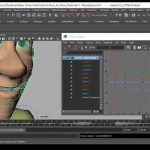
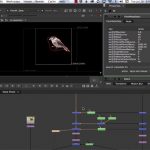
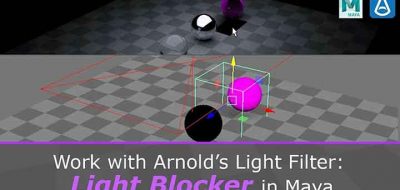

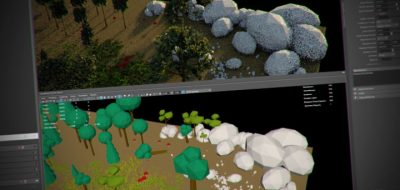
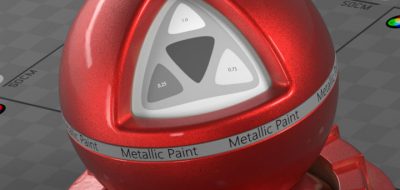
Scott Bell
It’s far from better integrated… maya is now unable to render fluids with its own fluid shader as well as the most commonly used particle types and most of the texture nodes. How is this benefiting anyone? Way to gimp your software for a large portion of the industry.
lesterbanks
Integrated in the sense that you don’t have to load hidden nodes from the command line like you had to with mental ray. I can imagine with a transition like this, a dev has to pick the battles they want to fight first. Most of it is there, the rest will come soon enough. 🙂
Matt
Maya 2017 and Arnold is a massive step in the right direction.
Mental Ray never worked in a production environment. Constant failed renders until we went to Renderman for Maya I subsequently moved to Arnold a year ago. Rendering is now a reliable and predictable part of the production process. The last time I had that level of predictability was with Electric Image back in the mid nineties.
lesterbanks
+1 for EI reference 🙂